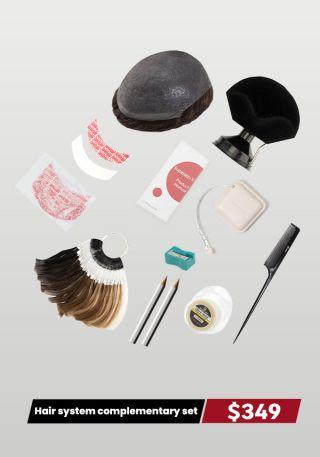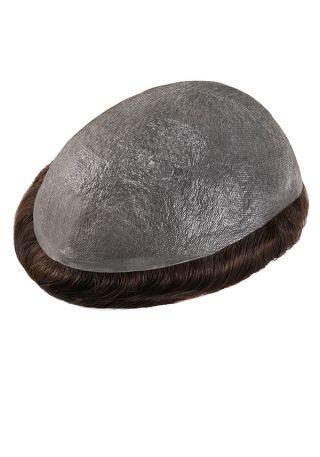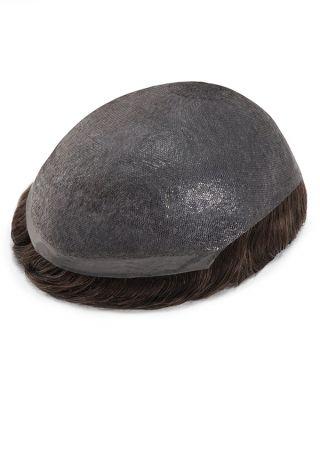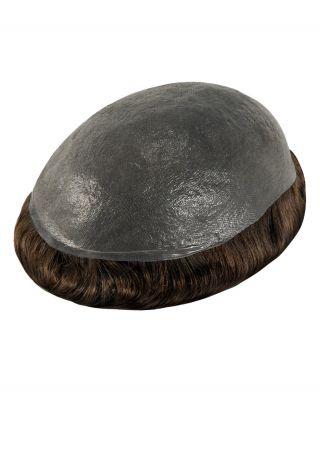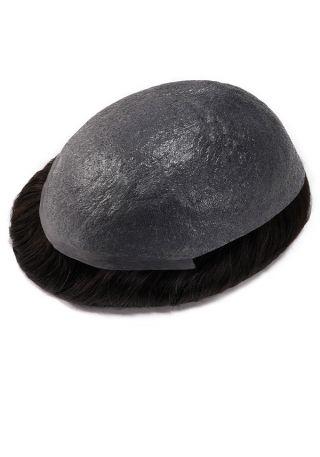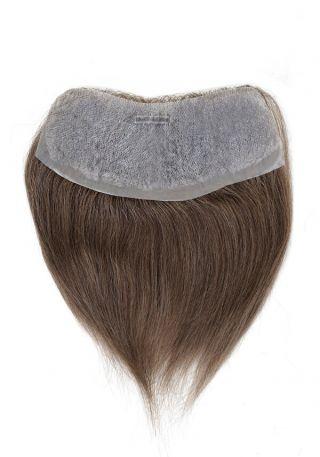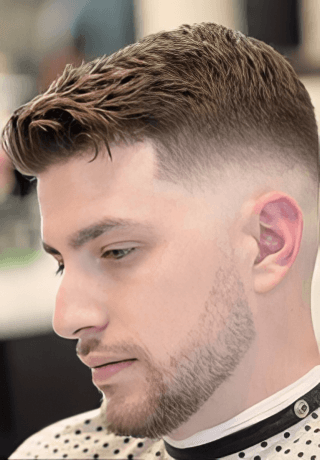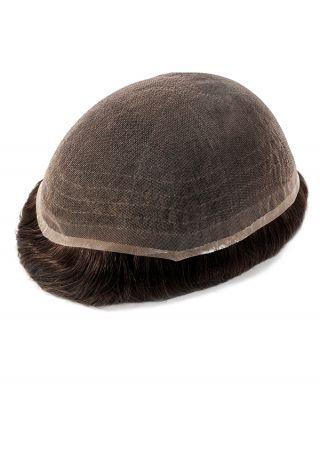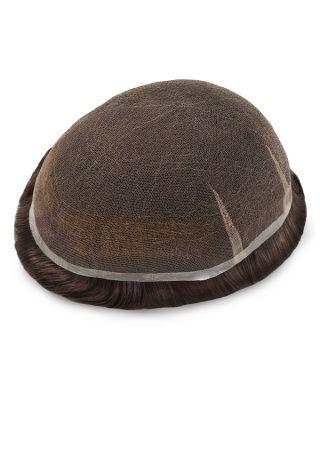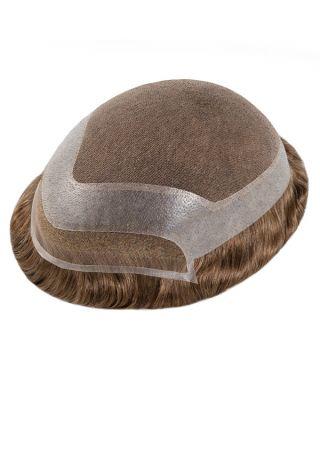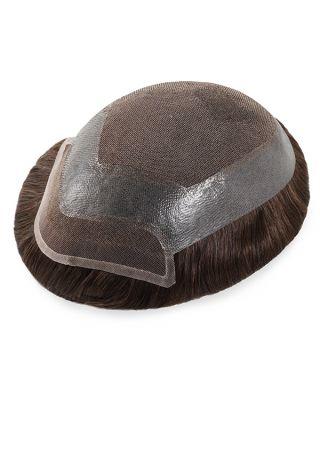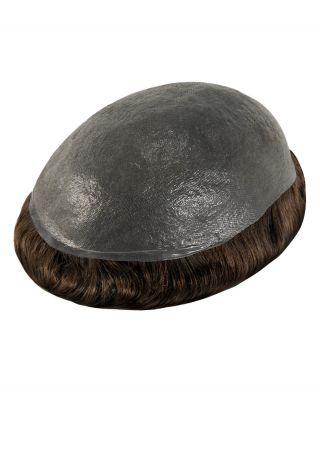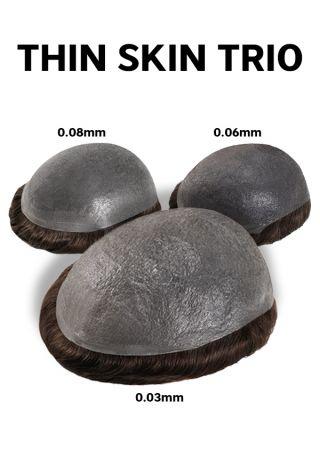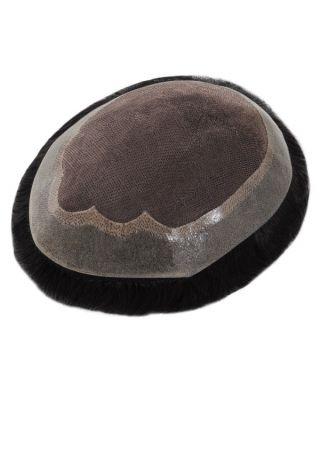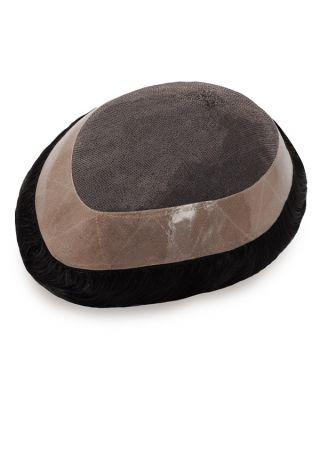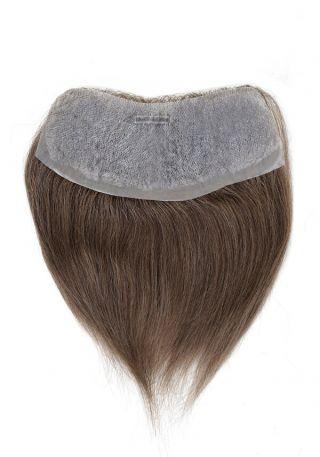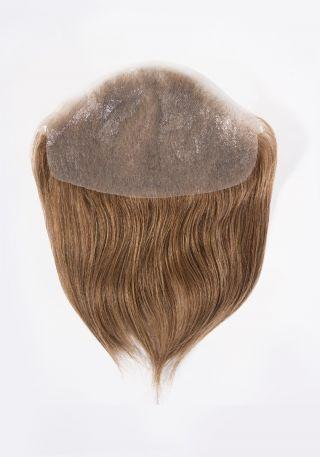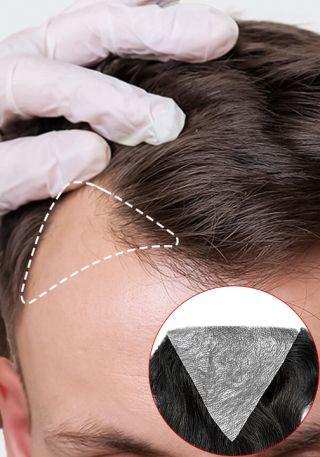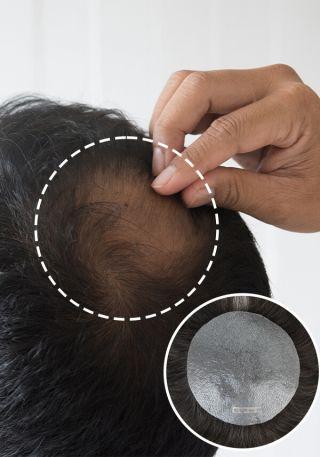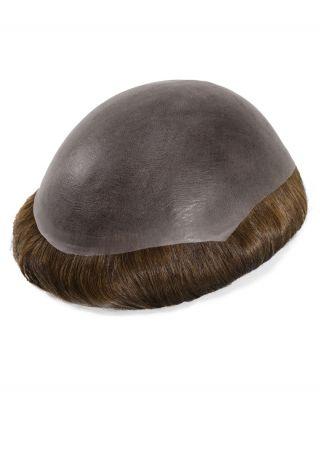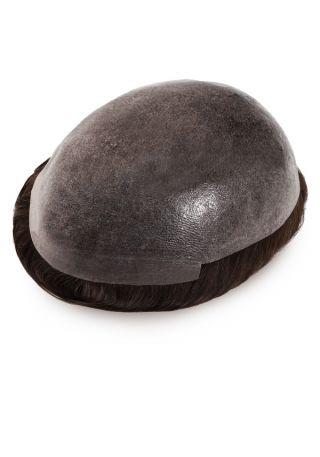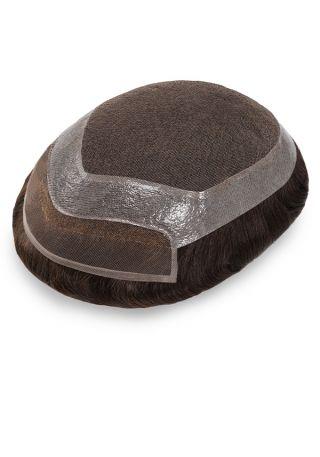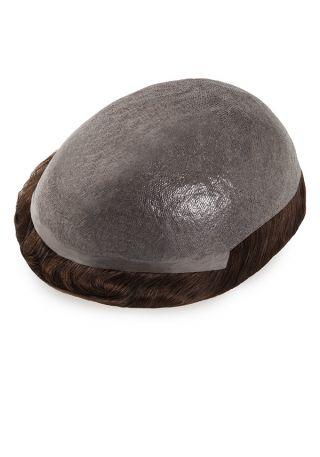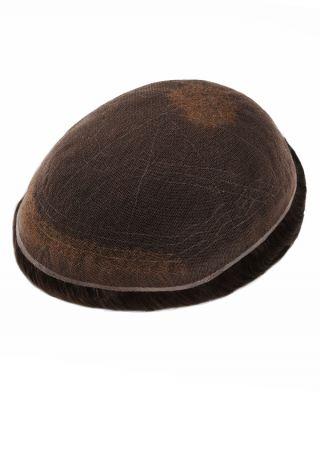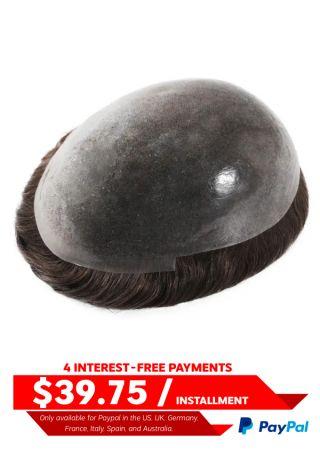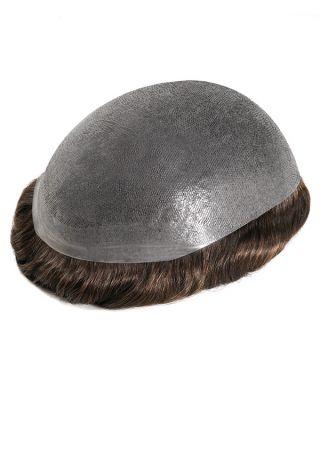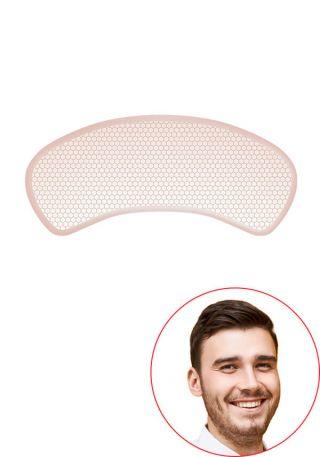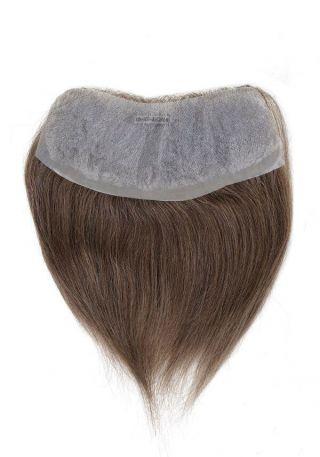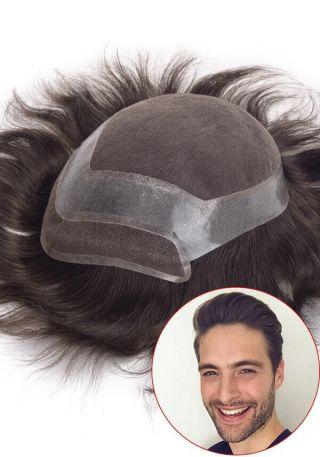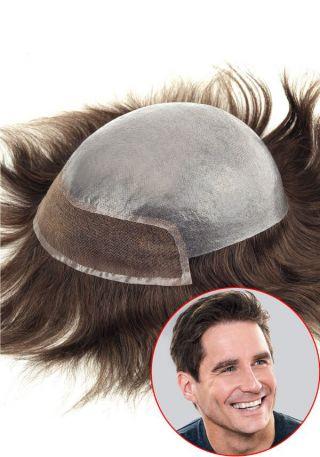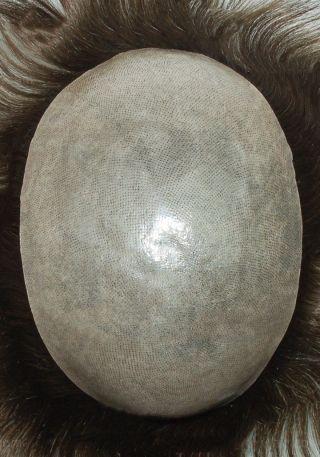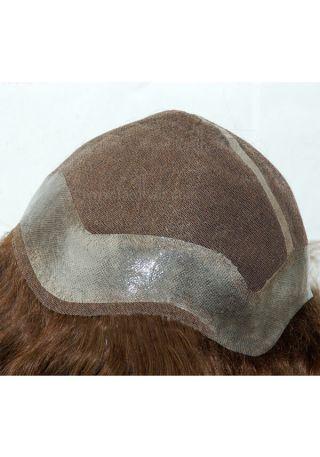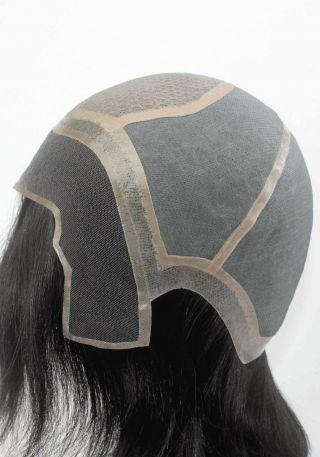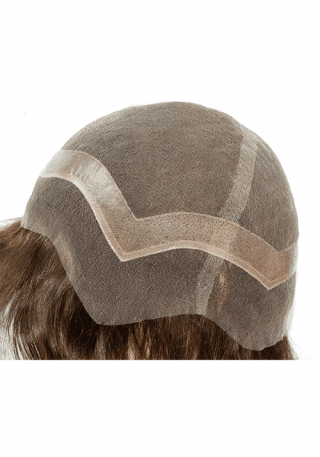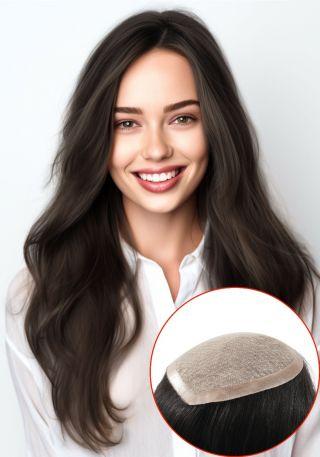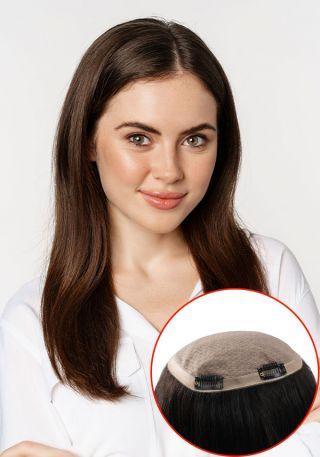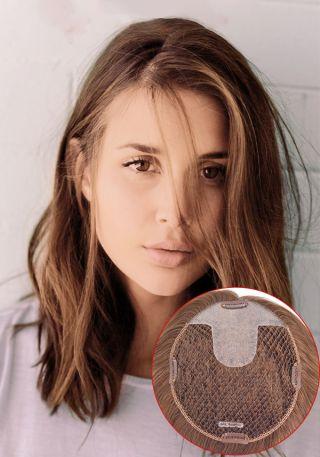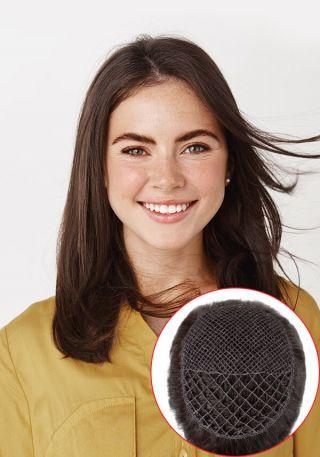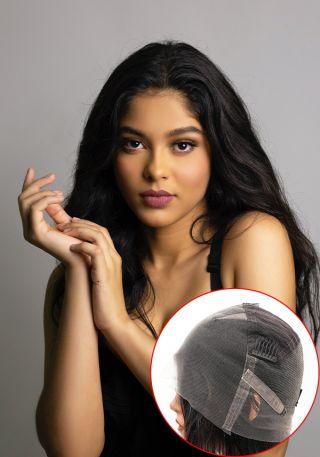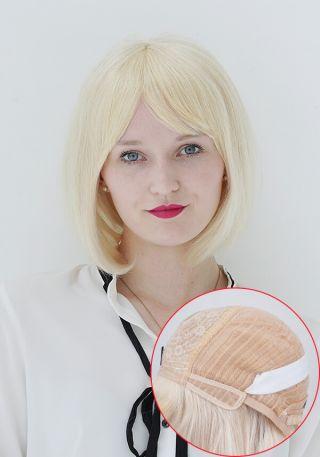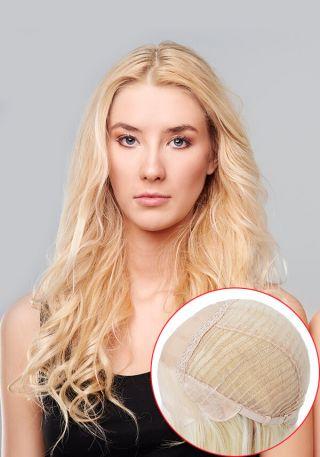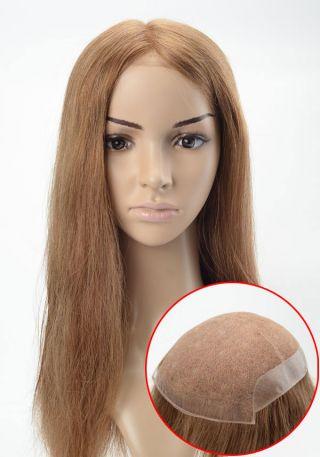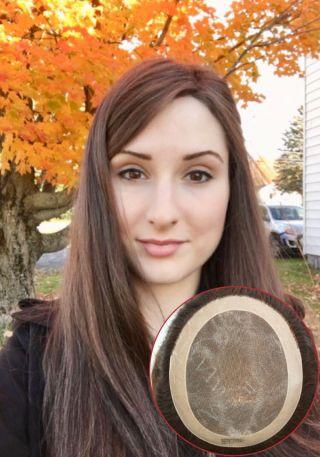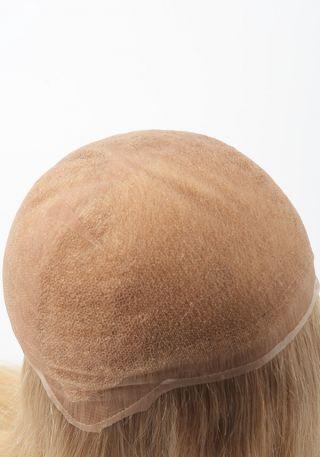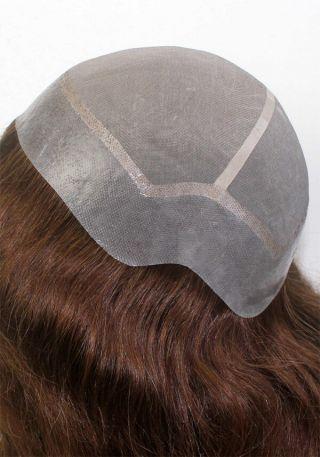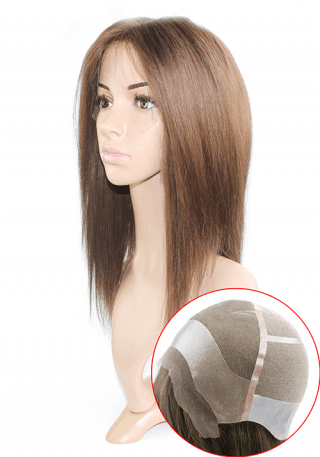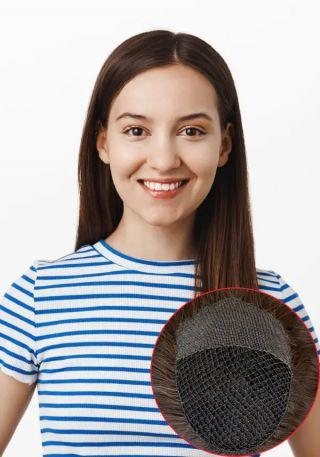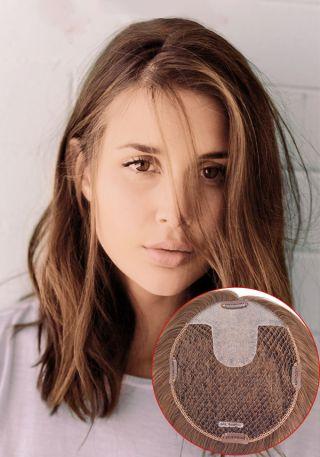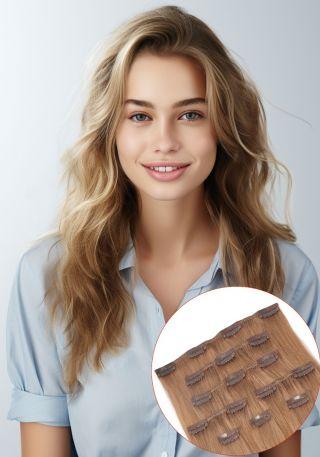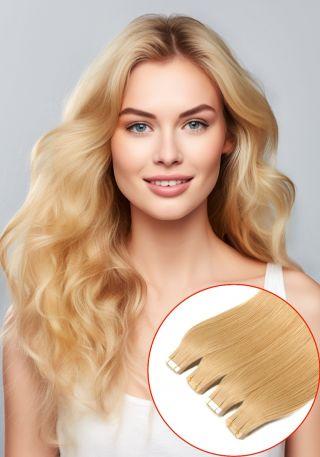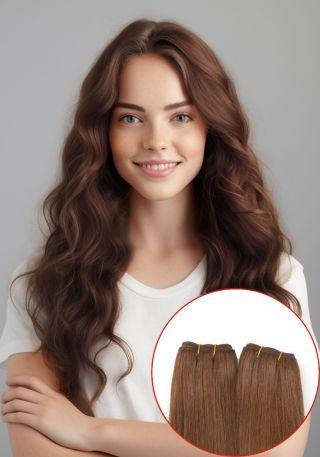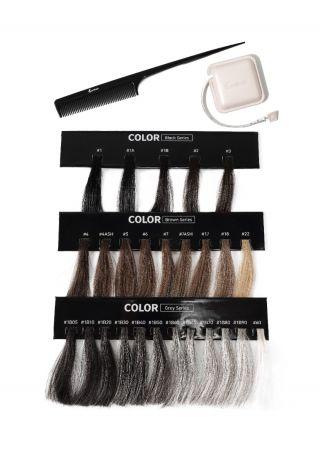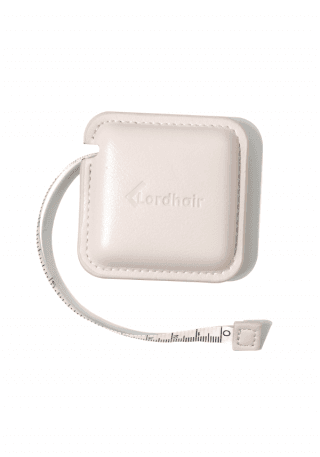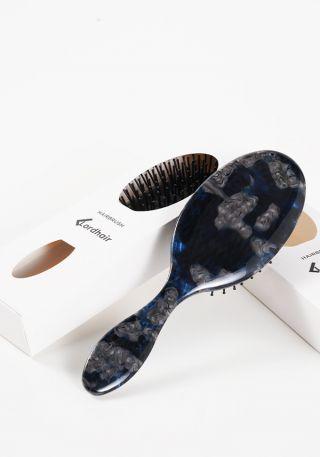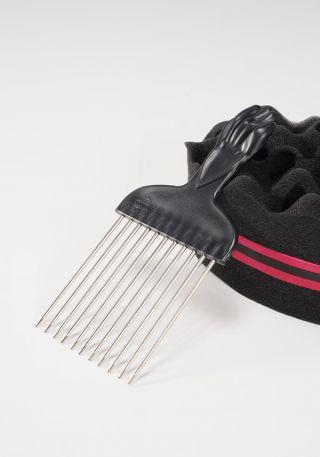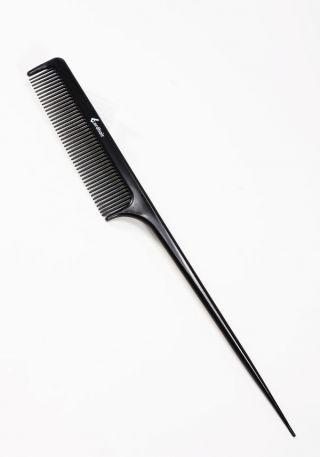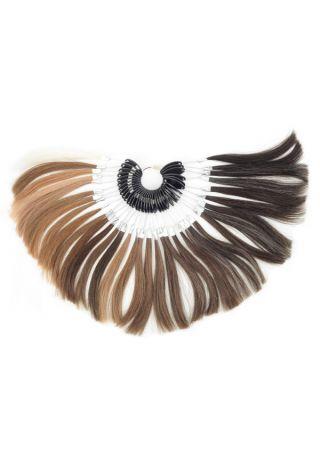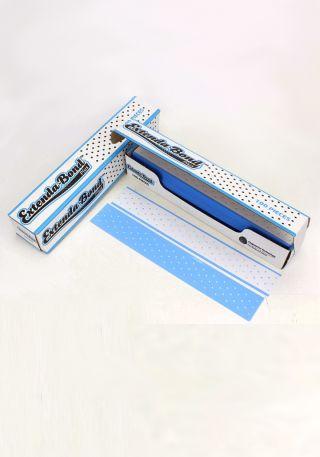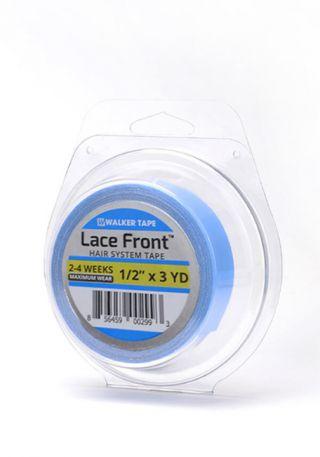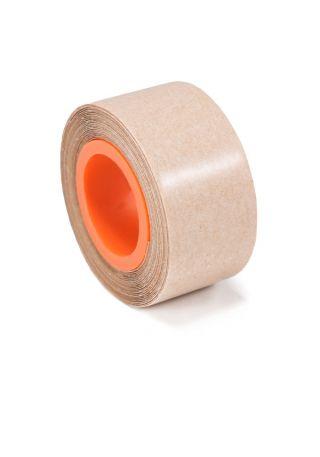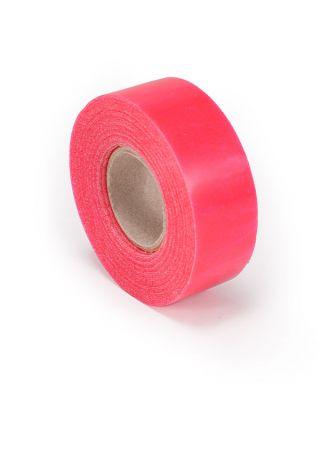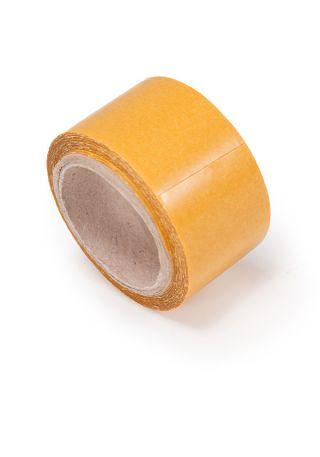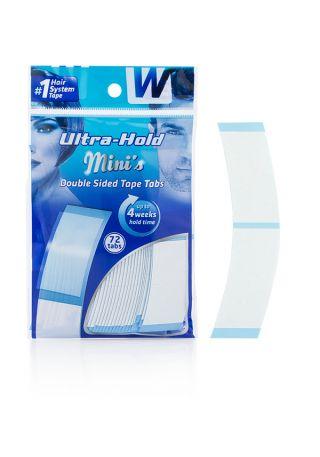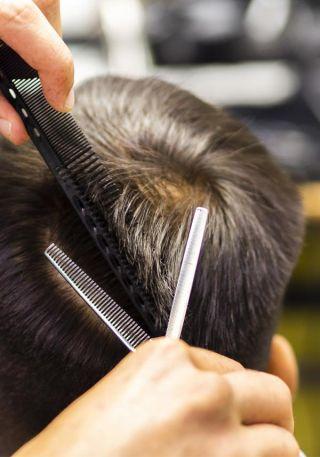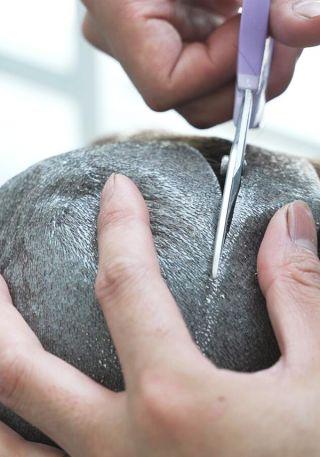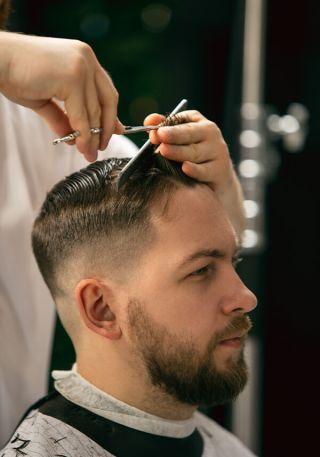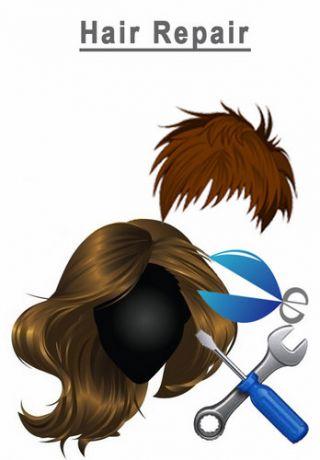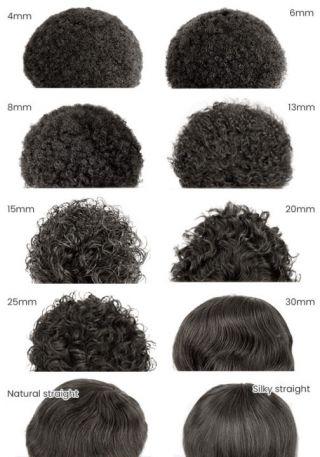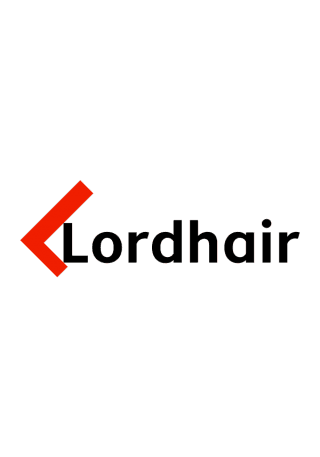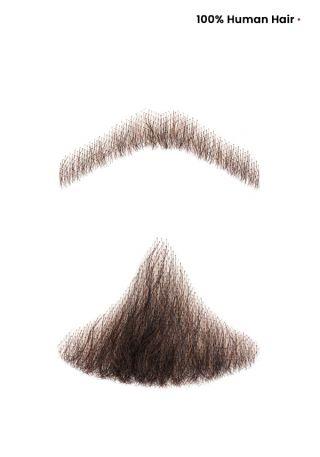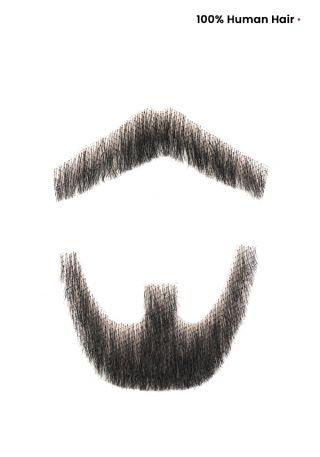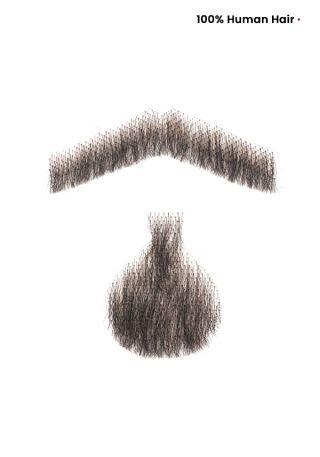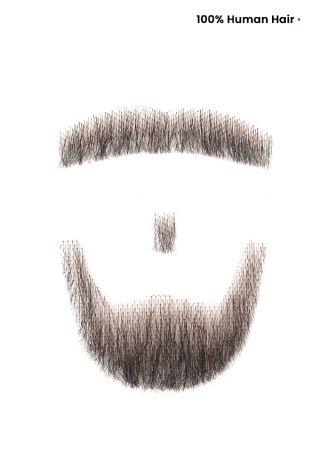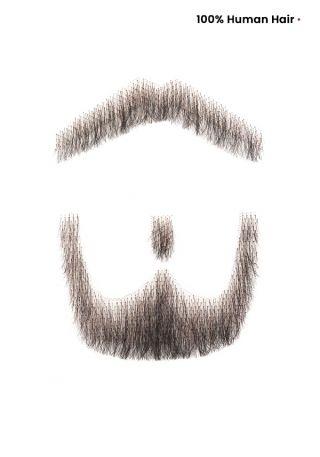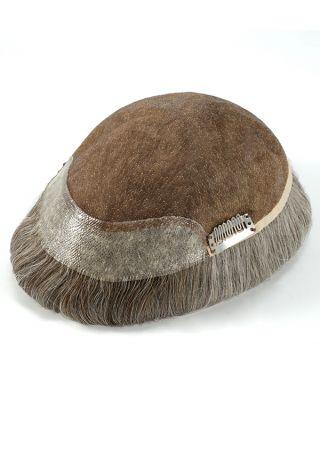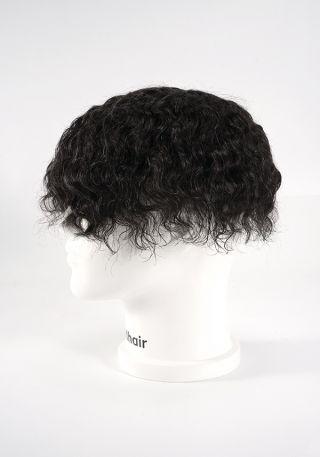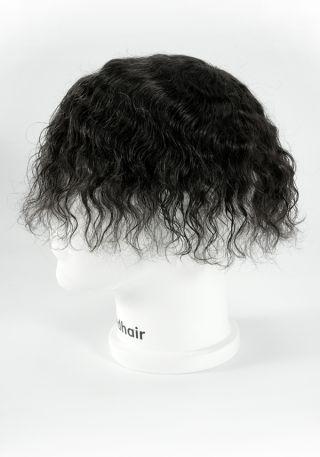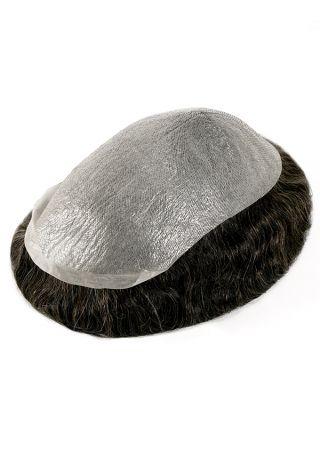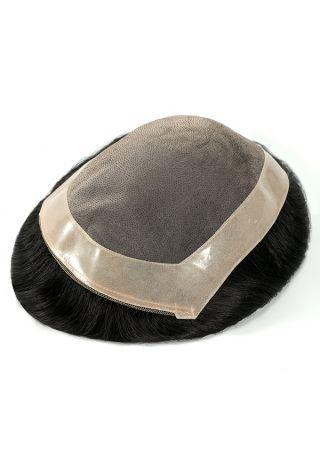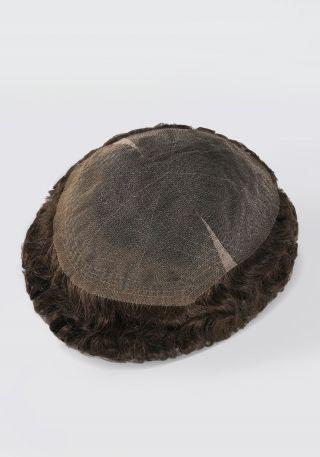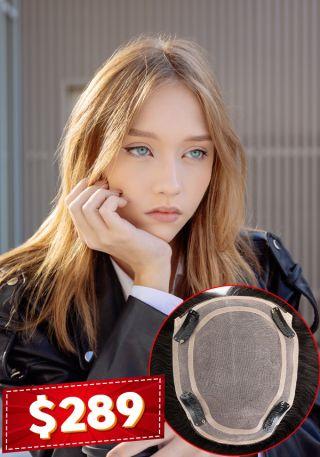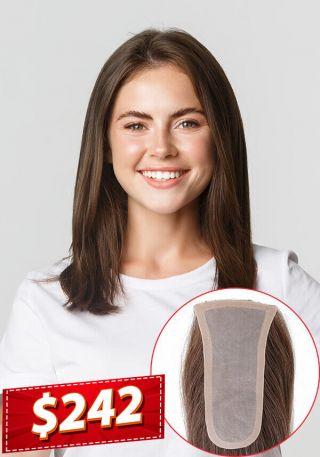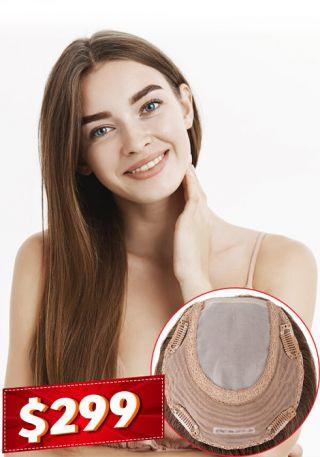Wig Knotting Techniques – Everything You Need to Know
- by Lordhair Team
- May 10, 2019
- |
- 9 min read
Choosing the right wig is nothing like a piece of cake and we all are aware of that. To help you understand more what’s the science behind a good hair system, we are writing informative articles on different subjects such as base materials, hair quality and guides for the first-time buyers.
Here is our first article with every hair knotting technique you can think of! We will start with a brief introduction on wig knotting and go from the ‘classic’, including a small paragraph about bleached and unbleached knots, their advantages and disadvantages, passing through injected and ending with v-looped knots.
Let’s get started!
Wig knotting – what is it?
Wig or hair knotting refers to the method of application of hair to the base. We take a strand of hair, our base material – PU, skin, silicon, lace, mono… – and thanks to a ventilating needle that helps to pull out hair from the base holes and tie it with a knot.
You can have different knots; some are more durable while some are less detectable. Let’s go through all of them in detail.
Single Knot: As the name suggests, with this method the hair is tied with a single knot to the base. This technique makes the hair remain flat, so it is used especially for the temple and side areas of the scalp. We rarely use it for front or top.
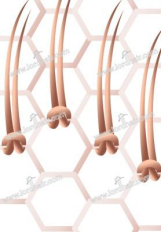
ADVANTAGES: The hair can be easily combed
DISADVANTAGES: It is prone to get loose
Double Knot: It is considered the most durable knot. Double knot is more visible than the single knot, so it is mainly used for the back and applied prevalently to lace and mono base materials.
This knotting technique is most popular for integration hair pieces for women. That is why you don’t need the knots to be undetectable as they will hide beneath your natural hair.
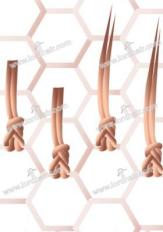
ADVANTAGES: This knot is durable and easy to style.
DISADVANTAGES: Highly detectable knot.
Single Split Knot: It is mainly used on skin and lace base materials. The hair is ventilated in a way that it stays half on one side and half on the other side of the hole. So you’ll have two strands out of one.
In lace wigs, this knotting method is used especially in the front, for a natural, gradual hairline. On skin they are a good alternative to other techniques if what you are looking for is durability.
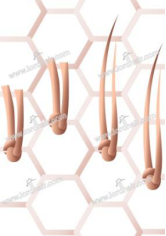
ADVANTAGES: Less visible than double knots, more durable than single knots,
and can be combed in any direction.
DISADVANTAGES: In this wig knotting technique the hair parts have different angles, so it might not be the best choice for some hairstyles (usually short hair)
New Single Split Knot: The name says it all! It develops from the single split knot but it’s more durable and stronger than it.
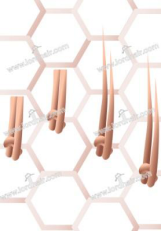
ADVANTAGES: This wig knotting technique allows hair to be more undetectable than double or double split knots and can be styled the way you want. New single split knot is stronger than single split knot.
DISADVANTAGES: It is less durable than double or double split knot.
Buying wig for the first time? Here’s our beginners guide to buying wigs
Double Split Knot: Especially used with lace and mono base designs, double split knots are more durable than single split knots and also are less visible than double knots. Because of their thick texture we don’t use them much for the front areas of our hairpieces, unless it is demanded by our client.
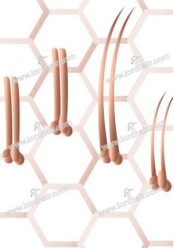
ADVANTAGES: It is durable and can be combed in any direction.
DISADVANTAGES: Highly detectable.
Bleached knots: After tying the hair to the base, we brush a layer of bleach liquid on the knot areas. The whole hair system is cleaned and the result is a lighter color in the root.
Below are comparative images of bleached knots and unbleached knots
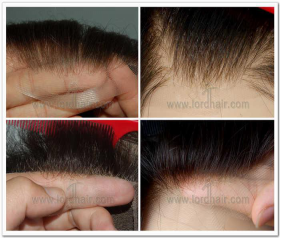
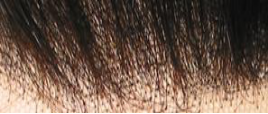
ADVANTAGES: Bleached knots give completely undetectable hairline
DISADVANTAGES: Chemicals are used for bleaching and this results in making hair root less durable.
INJECTED KNOTS
These wig knotting techniques are available only for skin, silicon or PU base designs. We place the base on a mould and use a special needle to inject the hair to the base. After this, we flip the base over and clip off the extra hairs which are on that side. We then secure the hair with a thin layer of glue. There are two main types of injected knots, the flat and the lift injected knots.
Flat Injected Knot: Hair is injected into the base at an acute angle, so the hair is not perpendicular to the base and it naturally falls on one side. This wig making technique allows you to part them as you wish, except from the pompadour hairstyle.
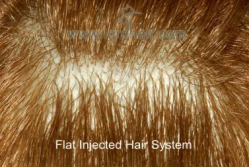
ADVANTAGES: Natural and highly undetectable
DISADVANTAGES: Hair cannot be combed freely, due to the injection angle.
Lift Injected Knot: Hair is injected in the skin or silicon base at a right angle, so the hair will be perpendicular to the base and you can style it in any direction. For this knotting method we need a thicker base, so that it holds the hair root firmly.
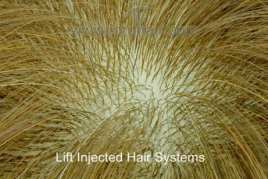
ADVANTAGES: Hair can be styled as you wish
DISADVANTAGES: You get a thicker base which is more detectable.
V-Looped Knot: This is not a proper injected knot. To be exact, it is not even a knot, but it is one of the most popular wig knotting method when it comes to skin hair systems.
It consists of injecting the hair down into the skin and passing it up again, to form a V, as you can see from the picture below.
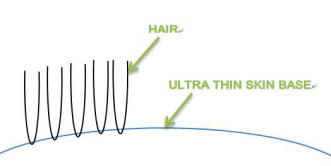
ADVANTAGES: It is highly undetectable, as hair seems to grow naturally from the scalp.
DISADVANTAGES: V-looped not is not much durable.
Our wig knotting guide ends here. We hope you found what you were looking for. If you need any further information, please feel free to contact us by emailing support@lordhair.com, or by leaving a comment below. Thank you for reading and see you in our next guide!
Have a look at before-after customer photos to see how our wigs and hair systems are changing lives.
